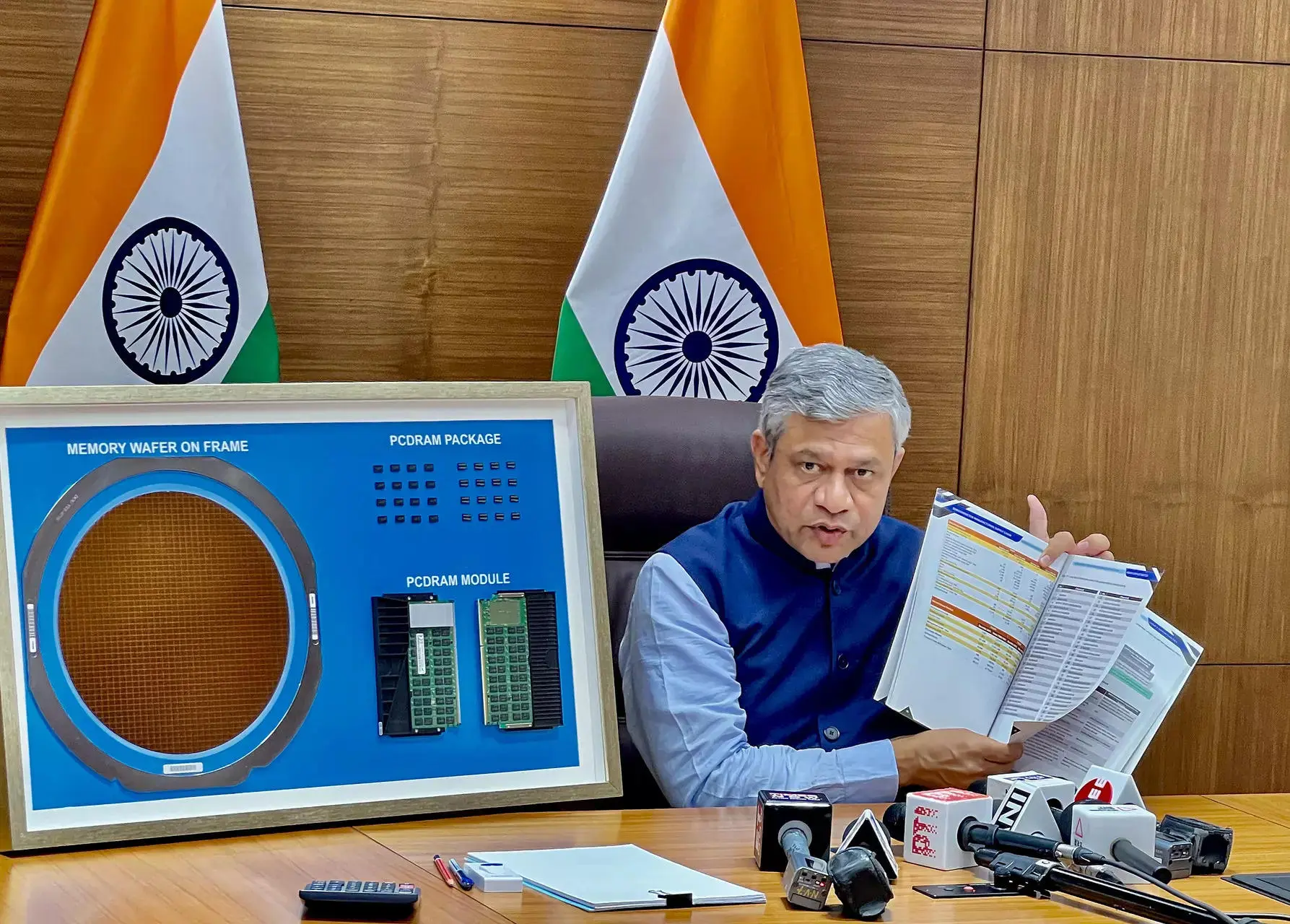Introduction
The Indian government has significantly increased the allocation for the ‘Modified Programme for Development of Semiconductor and Display Manufacturing Ecosystem in India.’ The substantial funding boost, a remarkable 130 percent increase to Rs 6,903 crore, highlights the nation’s commitment to achieving self-reliance in critical technology sectors.
Follow us on LinkedIn for everything around Semiconductors & AI
Background and Objectives
The genesis of this initiative can be traced back to the launch of the Semicon India Programme in December 2021. The initiative had a monumental outlay of Rs 76,000 crore aimed at fostering the growth of India’s semiconductor and display manufacturing ecosystem. The overarching goal of these programs is to decrease dependency on imports and develop domestic capabilities. This would help to meet the growing demand for semiconductor and display technologies.
Read More: 5 Reasons Why This is India’s Decade
Key Provisions of the Programme
Under the Modified Programme, companies, consortia, and joint ventures receive fiscal support equivalent to 50 percent of the project cost for establishing semiconductor and display fabs in India. This initiative aims to attract investments and promote the development of advanced manufacturing facilities. This leads to strengthening India’s position in the global supply chain.
Read More: 61% of US Executives Prefer India Over China for Manufacturing
Milestones and Progress
The recent interim budget highlights a revised estimate of expenditure for the fiscal year 2024. This indicates a substantial commitment to advancing this critical initiative. The government’s proactive stance is clear from its efforts to help Micron set up a semiconductor packaging plant in Gujarat. This project, valued at Rs 22,516 crore, holds immense promise for augmenting domestic production and driving employment growth.
The groundbreaking ceremony for the Micron unit in Sanand, Gujarat marked a significant milestone in India’s journey towards semiconductor self-sufficiency. The project, set to complete within 12 months, will create over 20,000 job opportunities. This would help to thereby stimulate economic development and fostering innovation.
Read More: 8 Reasons why India is the next big player in Electronics
Collaborative Efforts and Future Outlook
The success of these initiatives hinges upon collaborative efforts between industry stakeholders, government agencies, and academia. Partnerships forged between Micron, the Government of Gujarat, and the India Semiconductor Mission underscore the synergistic approach towards realizing shared objectives.
Looking ahead, the government’s commitment to nurturing a robust semiconductor and display manufacturing ecosystem remains unwavering. India is creating an open application window and streamlining incentives to position itself as a global hub for semiconductor innovation and production.
Conclusion
India has made significant progress in strengthening its semiconductor and display manufacturing ecosystem, signaling a shift towards self-reliance and technological sovereignty. The nation aims to become a global leader in semiconductor production, with collaborative partnerships, proactive policies, and sustained investments driving this vision forward.








